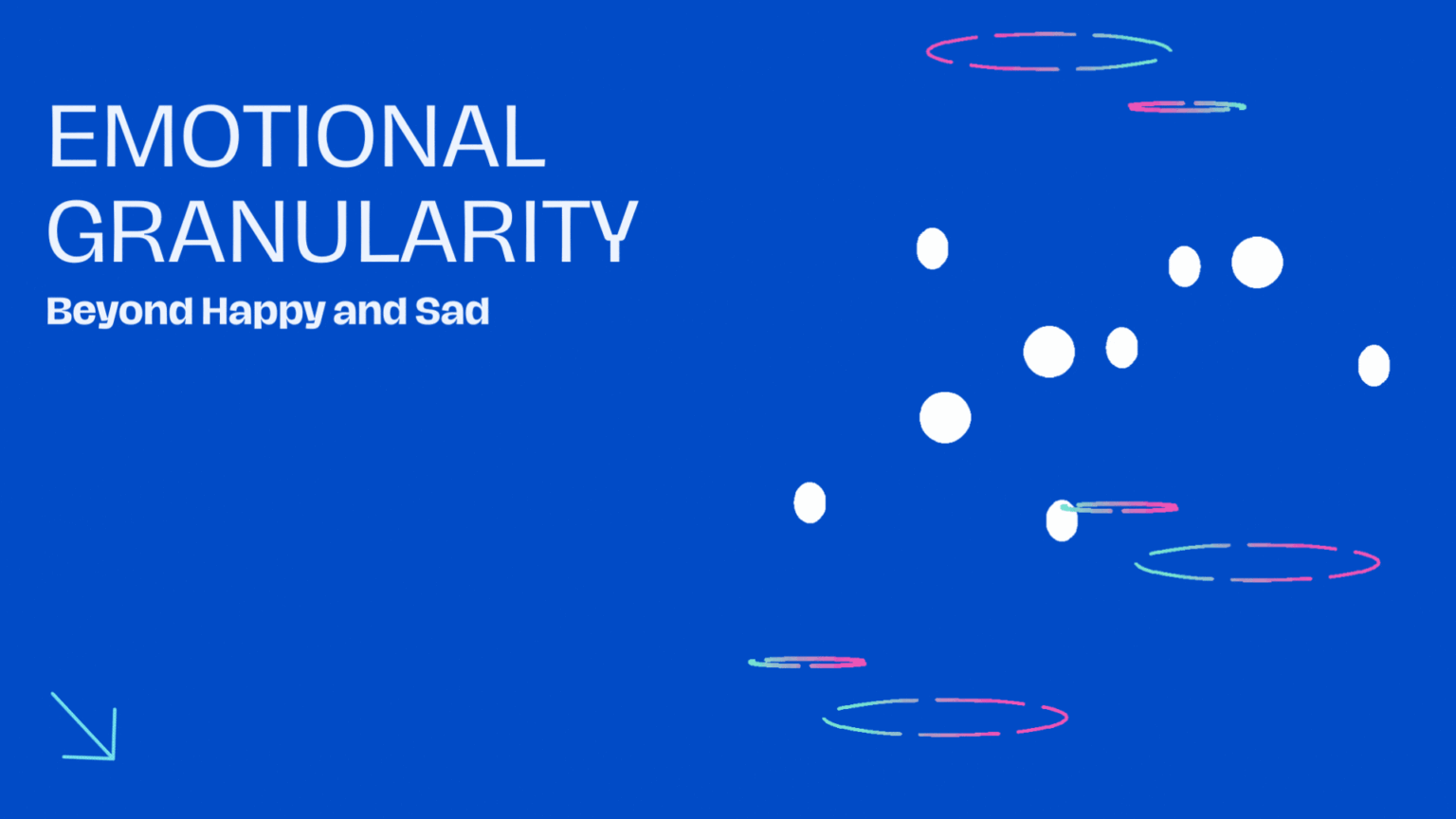Simple scribbles big healing
Welcome to the world of scribble therapy!
What is scribble therapy?
Scribble therapy is an expressive art form that offers a unique way to heal and connect with your inner self. It involves using drawing and doodling techniques as a therapeutic practice to release emotions, process trauma, and promote self-expression.
Understanding the concept of scribble therapy
Scribble therapy is not about creating a perfect piece of art, but rather about the process and emotional release that comes with scribbling on a piece of paper. It is a mindfulness exercise that allows you to let go of any negative emotions and thoughts that may be bothering you.
How does scribble therapy help in healing?
Scribble therapy can help heal emotional wounds by providing a creative outlet for self-expression. The act of scribbling takes your focus away from your worries and shifts it towards the present moment. This practice can promote relaxation, reduce anxiety, and improve overall emotional well-being.
Benefits of practicing scribble therapy
There are numerous benefits to practicing scribble therapy. It can help release pent-up emotions, improve concentration, encourage self-discovery, and enhance problem-solving skills. By engaging in this creative exercise, you can tap into your intuition and explore new ways of thinking and seeing the world around you.
How to start practicing scribble therapy?
A step-by-step tutorial on scribble therapy
To start practicing scribble therapy, all you need is a piece of paper and your favorite drawing materials. Find a quiet and comfortable space where you can relax and be fully present.
What materials are needed for scribble therapy?
You can use a variety of materials for scribble therapy, including crayons, pens, markers, watercolors, or even collage materials. The choice of materials depends on your preference and the effect you want to achieve.
Tips for creating neurographic art through scribble therapy
Neurographic art is a specific form of scribble therapy that involves using simple lines and shapes to create intricate and meaningful drawings. To create neurographic art, start by making a simple scribble on a piece of paper. Then, examine the scribble and use your intuition to identify shapes and forms within it. Gradually, start adding details and lines to bring your drawing to life.
Can scribble therapy be used to heal trauma?
Exploring the connection between scribble therapy and trauma healing
Scribble therapy can be a powerful tool for individuals who have experienced traumatic events. It allows them to express and process their emotions in a safe and non-intimidating way. By engaging in this artistic practice, trauma survivors can gain a sense of control and release trapped emotions.
Testimonials of individuals who have healed trauma through scribble therapy
Many individuals have found healing and solace through scribble therapy. They have reported feeling a sense of relief, empowerment, and catharsis after engaging in this expressive art form. Scribble therapy has provided them with a creative outlet to release past traumas and embark on a journey of healing and self-discovery.
Guidance from therapists on using scribble therapy for trauma healing
Therapists and practitioners often recommend incorporating scribble therapy into trauma healing practices. They emphasize the importance of creating a safe and supportive environment, guiding clients through the process, and encouraging self-reflection and exploration. Scribble therapy, when used in conjunction with traditional therapy methods, can enhance the healing process and facilitate emotional growth.
How does scribble therapy help in self-expression?
Understanding the expressive art aspect of scribble therapy
Scribble therapy is a form of expressive art that allows individuals to communicate and express themselves without the constraints of language. It provides a platform to convey emotions, thoughts, and experiences in a visual and symbolic way. Through scribble therapy, individuals can tap into their inner world and find their unique voice.
Using scribble therapy as a tool for emotional release
Emotional release is a crucial aspect of self-expression. Scribble therapy offers a safe and non-judgmental space to let go of bottled-up emotions. By putting your feelings on paper, you can externalize your emotions and gain clarity and insight into your inner dynamics.
Exploring different drawing techniques in scribble therapy
Scribble therapy allows for endless possibilities when it comes to drawing techniques. You can experiment with different styles, such as abstract, realistic, or intuitive drawing. You can also combine various materials, such as markers, pens, or even clay, to create unique and visually appealing artworks.
Is reading a book on scribble therapy beneficial?
Review of “Allie’s Scribbles: A Journey of Healing and Self-Discovery”
“Allie’s Scribbles: A Journey of Healing and Self-Discovery” is a highly acclaimed book that explores the therapeutic benefits of scribble therapy. Written by renowned therapist Allie, the book offers insights, practical exercises, and personal stories that inspire readers to embark on their own scribble therapy journey.
Key takeaways from the book for beginners in scribble therapy
For beginners in scribble therapy, the book provides a solid foundation for understanding the practice and offers step-by-step guidance on how to start. It emphasizes the importance of embracing imperfection, connecting with your intuition, and allowing yourself to explore and experiment with different drawing techniques.
Resources and references for further exploration of scribble therapy
If you want to delve deeper into the world of scribble therapy, there are numerous resources available. You can explore workshops, online courses, and art therapy associations that provide valuable information, support, and a community of like-minded individuals.
Q: What is the book “Simple Scribbles Big Healing” about?
A: “Simple Scribbles Big Healing” is a book that describes and demonstrates a unique drawing technique called expressive art. It provides a step-by-step guide on how to use this technique to express emotions and promote healing.
Q: Who is the author of “Simple Scribbles Big Healing”?
A: The author of “Simple Scribbles Big Healing” is Allie, an experienced artist and therapist who has extensively studied the psychology of art making as a therapeutic response.
Q: How can drawing and art-making promote healing?
A: Drawing and art-making can promote healing by allowing individuals to express their emotions in a visual and creative way. This art therapy technique offers a variation of traditional talk therapy and helps individuals reflect and increment their inner peace.
Q: Can I use the expressive art technique even if I don’t have any drawing skills?
A: Yes, absolutely! The expressive art technique in “Simple Scribbles Big Healing” does not require any advanced drawing skills. It is designed to be easy to read and understand, making it accessible to everyone, regardless of their artistic abilities.
Q: Is it important to have specific art supplies to practice the expressive art technique?
A: No, you don’t need any specialized or expensive art supplies to use the expressive art technique. All you need is a pen or pencil and a piece of paper to get started. You can use whatever art materials you have available to explore and express your emotions.
Q: How often should I practice the expressive art technique?
A: The frequency of practicing the expressive art technique is entirely up to you. It can be done as often as you feel the need to express and process your emotions. Some individuals find it helpful to incorporate it into their daily self-care routine, while others may use it as needed.
Q: Can I use the expressive art technique with my eyes closed?
A: Yes, you can use the expressive art technique with your eyes closed if it feels comfortable for you. Drawing with your eyes closed can enhance your connection with your inner self, allowing for a deeper exploration of your emotions and experiences.
Q: How can the expressive art technique help with anger management?
A: The expressive art technique can be a helpful tool in anger management by providing a safe and creative outlet to express and release anger in a non-harmful way. It allows you to visually externalize and explore your anger, gaining a better understanding of its root causes.
Q: Can the expressive art technique be used with children?
A: Yes, the expressive art technique can be used with children. It is a versatile method that can be adapted to different age groups and developmental stages. It can help children express and process their emotions, develop their creativity, and promote self-confidence and resilience.
Q: Is it necessary to read the book “Simple Scribbles Big Healing” in order to practice the expressive art technique?
A: While reading the book “Simple Scribbles Big Healing” can provide you with a deeper understanding of the technique and its benefits, it is not necessary to read the book in order to start practicing the expressive art technique. The book can serve as a valuable guide, but you can also begin exploring and experimenting with the technique on your own.










